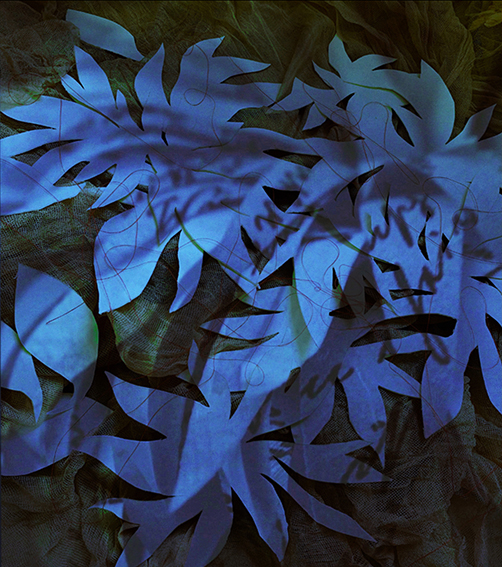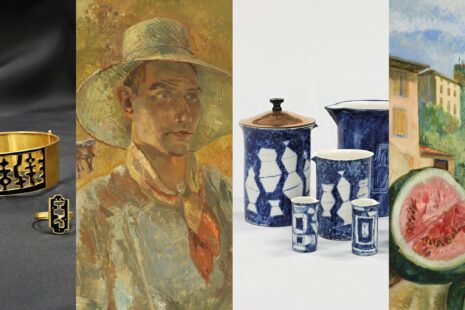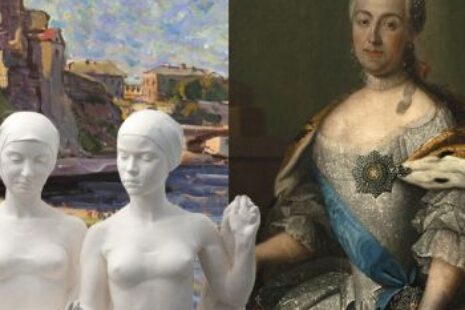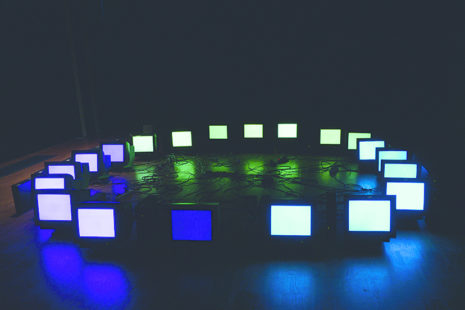For Miriam Esther Meyer, “Parasitic Symbiosis” offered an opportunity to get rid of restrictive working conditions and highlighted moments when her ability to compromise could become suffocating. Meyer: “For me, this journey has not been a straight line. In the project, I wanted to test the terms of my performative drawing idea “Dependency Action Documentation” – I realized that this project was not so much about my addiction as it was about self-destructive support and limited creative possibilities. I hoped to develop a more comprehensive work process and result. The work took place in five stages – each stage involved dealing with new obstacles that emerged during the work. Some of the obstacles were specifically related to the collaborative nature of this exhibition, while others would have arisen regardless of the context of the exhibition. The activity resulted in “Dependency Action Liberation,” which contains my initial hypothesis and mission, a description of the various stages of development, and a final summary that reflects the general basic principle; and three latex-sealed paintings. The works can be viewed in many ways, but for me, their personal impact is greater than expected. Making informed choices made me more aware of the whole process, and hopefully it can be seen in my works, even in an abstract way. ”
Pille-Riin Jaik wanted to test radical transparency in the art world: “We have all stolen something from someone, even if it is something of history. In my opinion, however, there is also such a thing as ethical theft. It’s the kind of theft that makes things grow. Unconscious theft, for example, when you admire someone’s work or come into close contact with it. These can also be thoughts that are inherent and you feel the need to develop them further. Such ideas and experiments consist of “Parasitic Symbiosis” – wanting to question the myth of the independent genius and its location, the White Cube. In my installations, I try to show how I can never work completely alone. Each of my works depends on someone else’s talent, and in some cases, someone else’s work may be the starting point for my work. For example, in the double installations “So I Weeded” and “So I Weeded & Weeded”, I dug into the archives of the Vienna Academy of Arts and expressed my findings through vegetation – a suffocating weed, an annoying bureaucratic lawn and a hidden, non-existent rose (a reference to ). I try to question the surface I stand on, my personal surface, and what restrictions and predetermined patterns are allowed to grow there. ”
Artists streets: Estonian Cultural Endowment, Austrian Embassy in Tallinn, Gerda Nurk, Irmeli Terras, Martti Toivar, Mari-Liis Jaik.
The exhibition is supported by the Estonian Cultural Endowment.
The exhibitions in Hobusepea Gallery are supported by the Estonian Cultural Endowment, the Estonian Ministry of Culture and Liviko AS.
Gallery name: Hobusepea gallery
Address: Hobusepea 2, Tallinn
Opening hours: Mon, Wed-Sun 11:00 - 18:00
Open: 04.02.2021 - 22.02.2021







